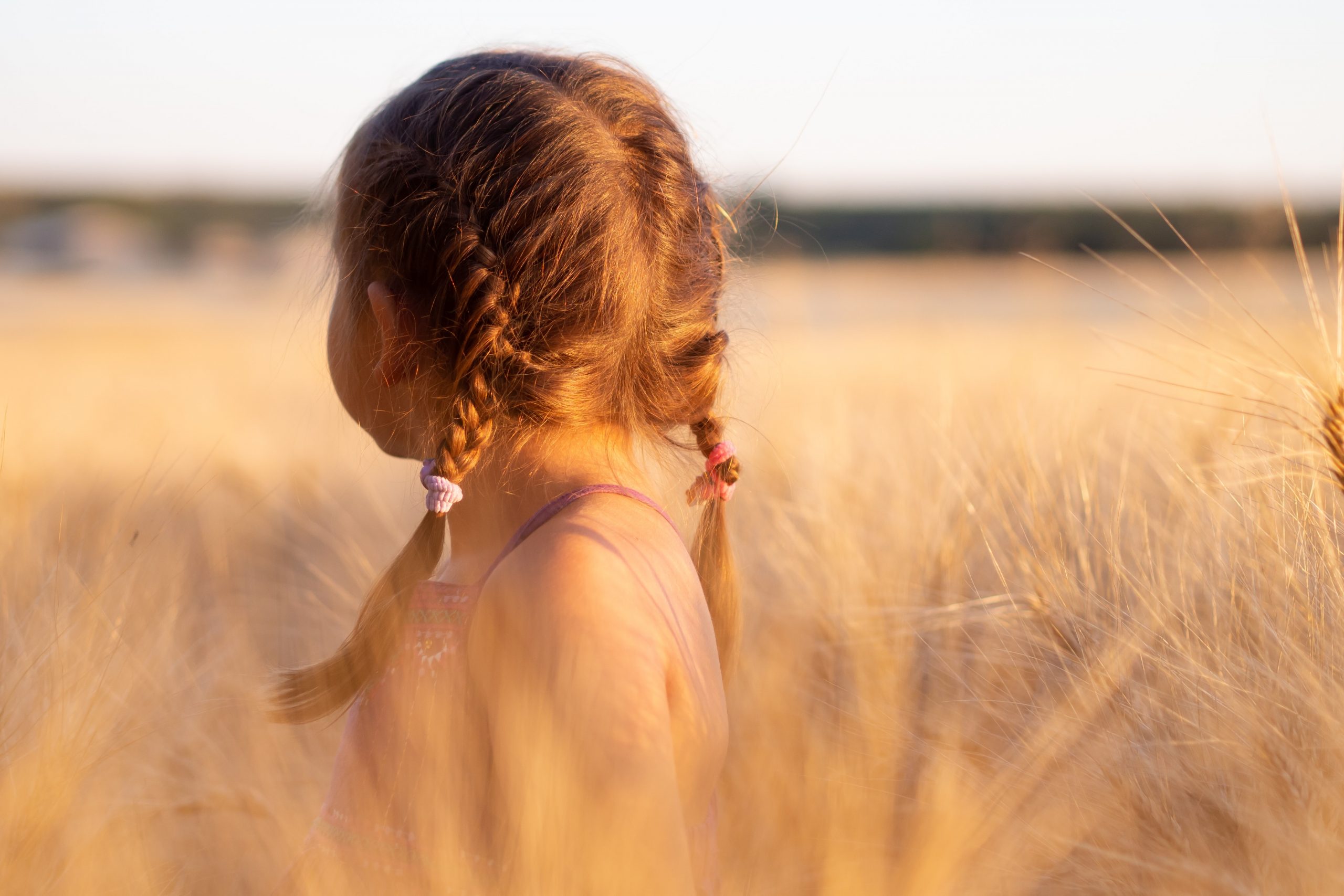Last week, we provided a brief update on some of the current developments in child safe policy and principles, in light of the findings and recommendations of the Royal Commission into Institutional Responses to Child Sexual Abuse.
Included in the final report of the Royal Commission was the recommendation for a set of National Child Safe Standards, which would set out the key elements and indicators of a child safe institution.
The standards proposed by the Royal Commission are as follows.
Standard 1 – Child safety is embedded in institutional leadership, governance and culture.
Standard 2 – Children participate in decisions affecting them and are taken seriously.
Standard 3 – Families and communities are informed and involved.
Standard 4 – Equity is upheld and diverse needs are taken into account.
Standard 5 – People working with children are suitable and supported.
Standard 6 – Processes to respond to complaints of child sexual abuse are child focused.
Standard 7 – Staff are equipped with the knowledge, skills and awareness to keep children safe through continual education and training.
Standard 8 – Physical and online environments minimise the opportunity for abuse to occur.
Standard 9 – Implementation of the Child Safe Standards is continuously reviewed and improved.
Standard 10 – Policies and procedures document how the institution is child safe.
The Commission’s proposed standards have not been legislated yet, however they are an excellent reference point for organisations that are focussed on best practice in the delivery of child safe services. The standards are based on high-level principles and are intended to be understood holistically. So that they can be applicable to different types of organisations, they are outcomes-focused rather than having prescriptive processes for organisations to follow.
This is a great approach because it aims to develop organisational culture and not simply create more compliance requirements. It also allows organisations to be flexible in the way they achieve these outcomes, encouraging new ways to get children and their families involved in organisational processes and decision making.
To support organisations in implementing these standards, the core components of each of the standards have been detailed in Appendix A of Volume 6 of the final report.
> Download the Practical guidance for implementing the Child Safe Standards [PDF]
These standards have also been incorporated into a set of National Child Safe Principles, currently in draft stage of development by the Australian Human Rights Commission. It is expected that they will be signed off by the Council of Australian Governments (COAG) in July 2018.
SPP Updates in Child Safety
We have been closely following these developments in child safety policy, and have also recently revised the WA child protection standards: the Better Care, Better Services Standards, which came into force from 1 January 2018. Those standards incorporate many of the above principles, such as asking children about what their safety needs are and being responsive to those needs, and being able to demonstrate that children understand their right to feel safe.
To align our assessments in SPP with these updated principles for child safety, we have also amended and added questions to some of our child protection-related assessments. For more details on these changes and how they may affect your organisation, see the March update in the Reading Room.
BNG is committed to keeping up-to-date with policy and regulatory changes in child protection, and we will keep you informed of developments with the Child Safe Standards and Child Safe Principles.

